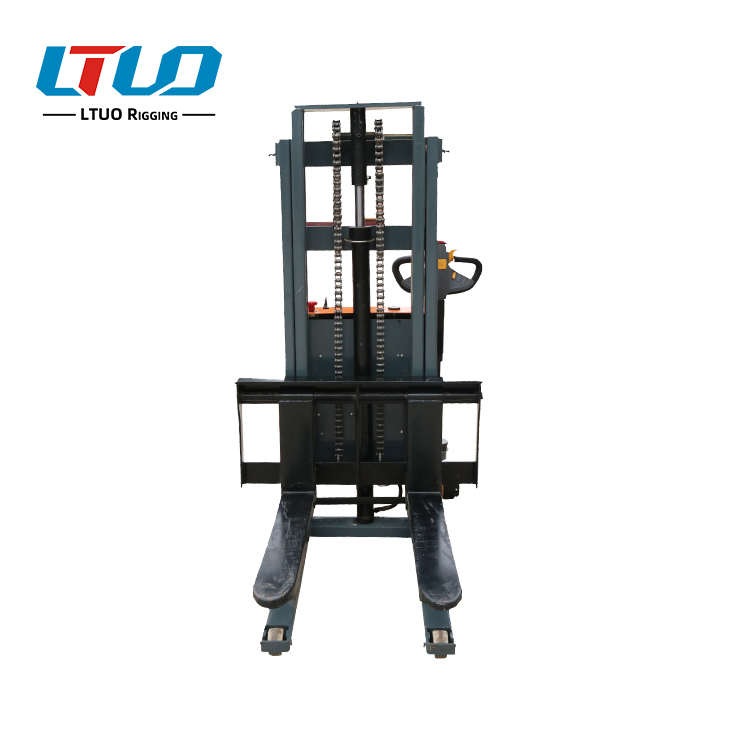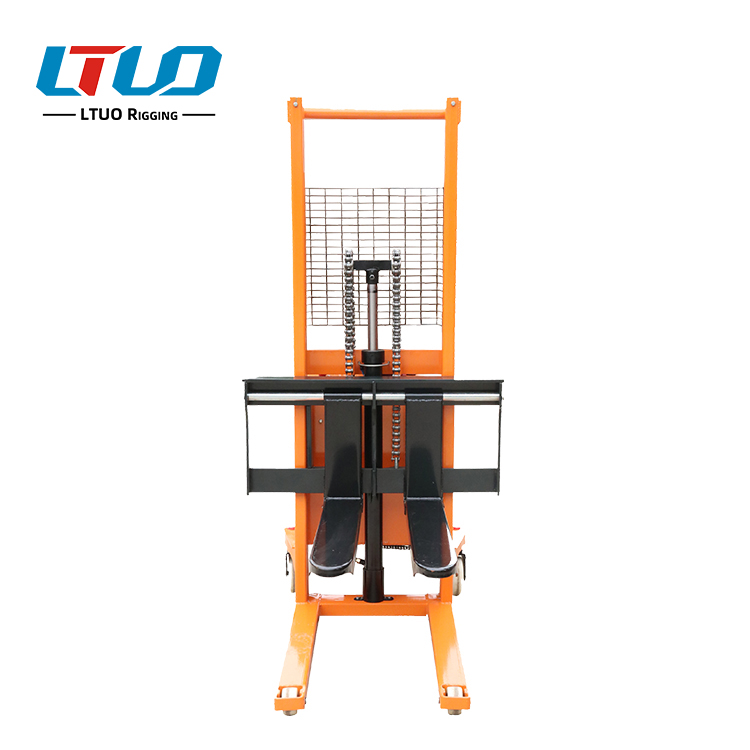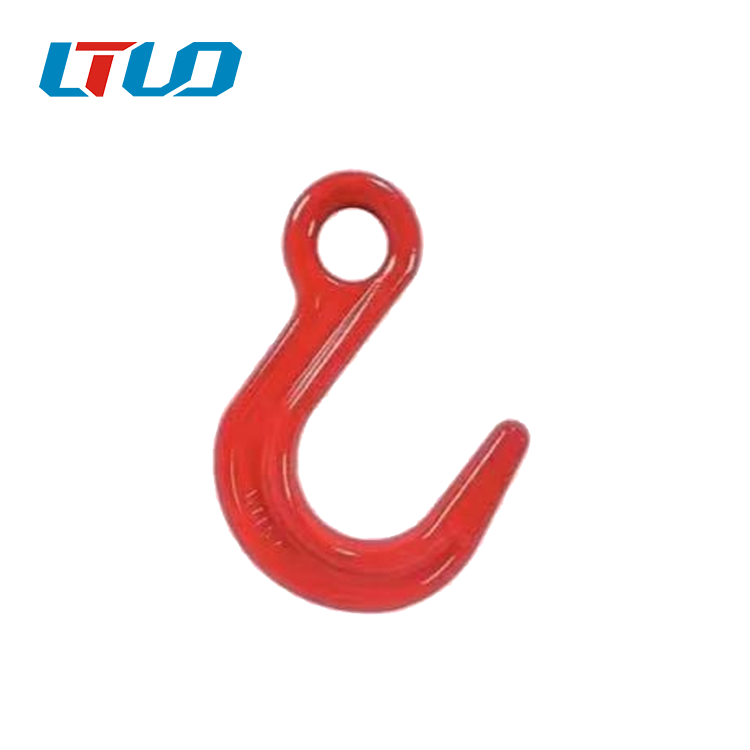1, the lifting of heavy objects must be within the rated load, do not overload use. Do not lift heavy objects buried in the ground or congealed on the ground.
2, it is strictly prohibited to use two or more hoists to lift the same weight at the same time. Do not use lifting chains to tie heavy objects.
3. Before use, the parts (hook head and locking mechanism, brake, chain, etc.) and their lubrication should be carefully checked to confirm that they are intact before use.
4, before lifting, check whether the hook is hanging the hook is not crooked and heavy items in the hook and other bad phenomena lifting chain should be suspended vertically, not inclined heavy objects, chain links should not be twisted and knotted, double chain should pay attention to, under the hook do not flip.
5, the supporting point of the hanging hoist must be firm and stable, and the safety factor of the rope and chain with the hanging bundle should not be less than 6.
6, the hook should be on the plumb line of the center of gravity of the heavy object, to prevent the heavy object from tilting and turning, the operator should first try to lift when the heavy object off the ground, such as normal operation and reliable braking can continue to lift.
7, the operator should stand in the same plane with the hand chain sprocket pull the hand chain sprocket counterclockwise rotation, relax the hot wheel weight can slowly fall.
8, it is strictly prohibited to pass or do any action in the lifting of heavy objects to avoid accidents.
9, in the process of lifting or dropping heavy objects, pull the hand chain application force is uniform and slow, do not exert too much force, so as to avoid the hand chain jumping or clamping ring, the lifting of heavy objects should not exceed the limit of the upper and lower stroke.
10, lifting, personnel should stand in a safe place, pay attention to avoid once the chain snap back and heavy objects slide, rolling direction.
11, if the operator finds that the pull can not be yanked and can not increase personnel to forcibly pull, should immediately stop the operation to check: whether the heavy object is connected with other objects; Whether the hoist parts are damaged, whether the heavy objects exceed the rated load of the hoist.
12. Heavy objects shall not be lifted to stay in the air and leave the scene.
Next: Stone fixture knowledge
Previous: Winch working principle and precautions

2TC Series:The microelectric Stacker is a manual propulsion and electric stacker that provides cost-...

1tC Series:The microelectric Stacker is a manual propulsion and electric stacker that provides cost-...

Smooth surface, uniform color, specifications, information, clear CE markingMade of high quality all...

Rated load: 3.8TPurpose: The hook is mainly used as a connecting tool in lifting operationMaterial: ...